Lake Manyara National Park.
Like most other lakes of the Rift Valley, Lake Manyara is a shallow soda lake that is fed by groundwater and depending on the season varies in size. The rest is a thin strip of land located between the lake and the rocks and which can only be reached by a few roads.
The park and the lake owe their name to the manyara-scrub, which is used by the Maasai to protect their fields. Near the entrance to the park you will find the manyara-scrub.
The first part of the park consists of dense forest with high trees, including mahogany trees, crotonic, fig trees and various types of palms.
Around the dense undergrowth of wild flowers are countless butterflies. This part of the park is not as suitable for spotting game, because it is very difficult to look through the dense forest.

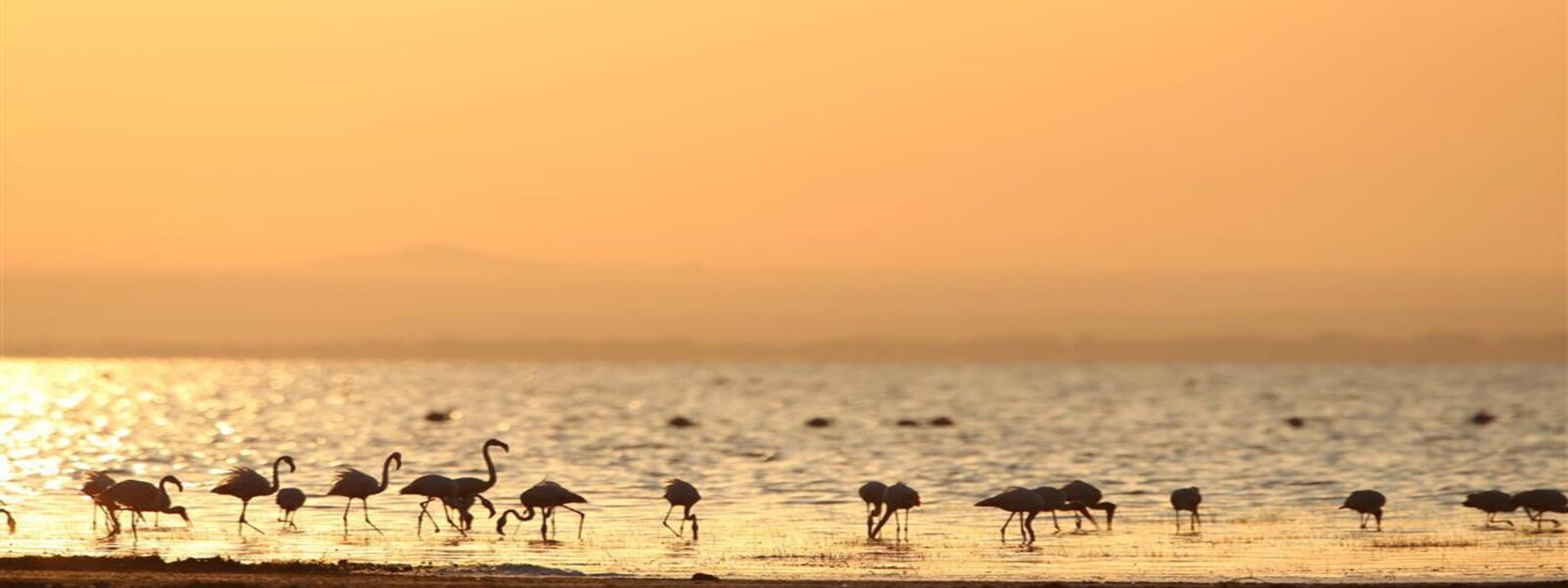
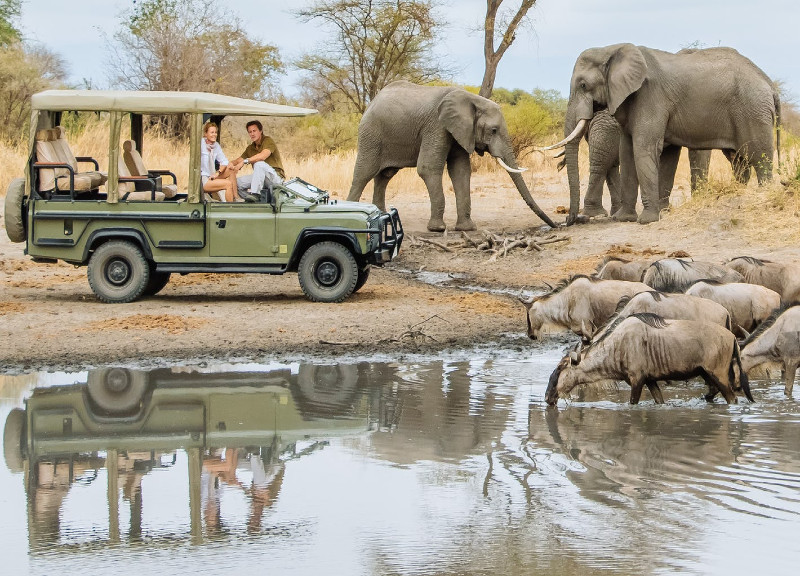
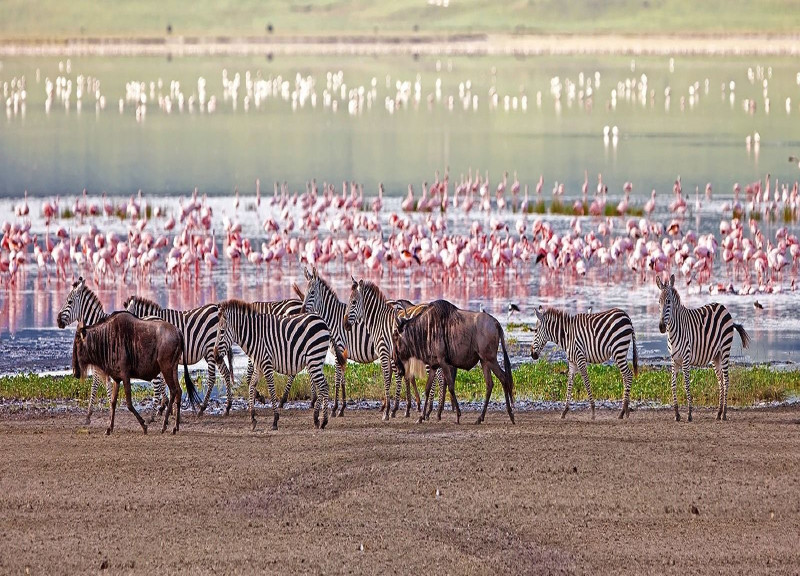
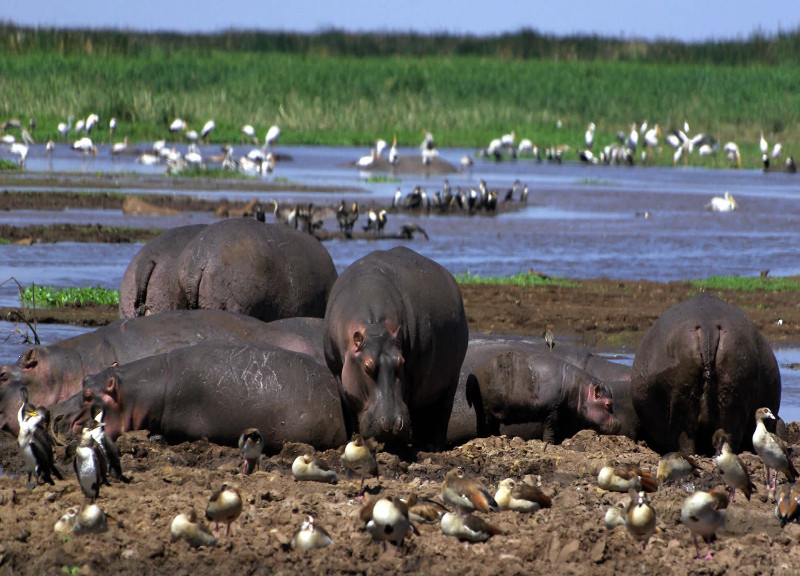
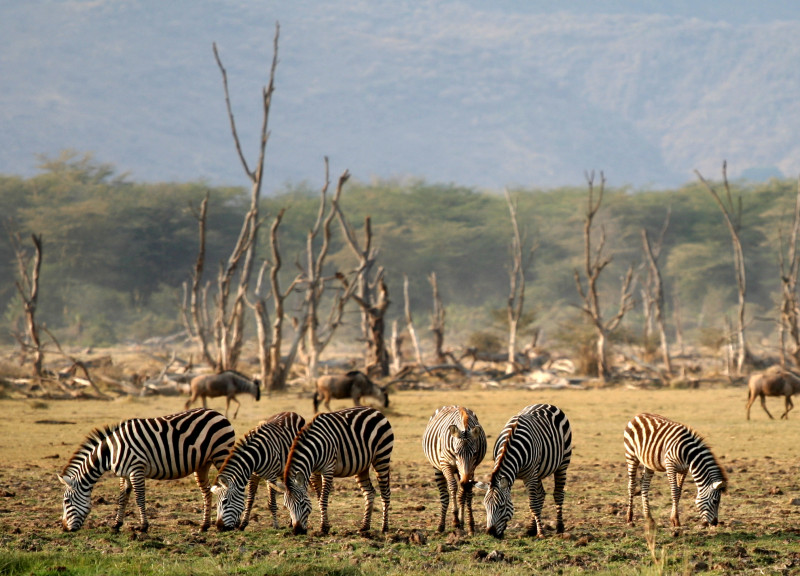
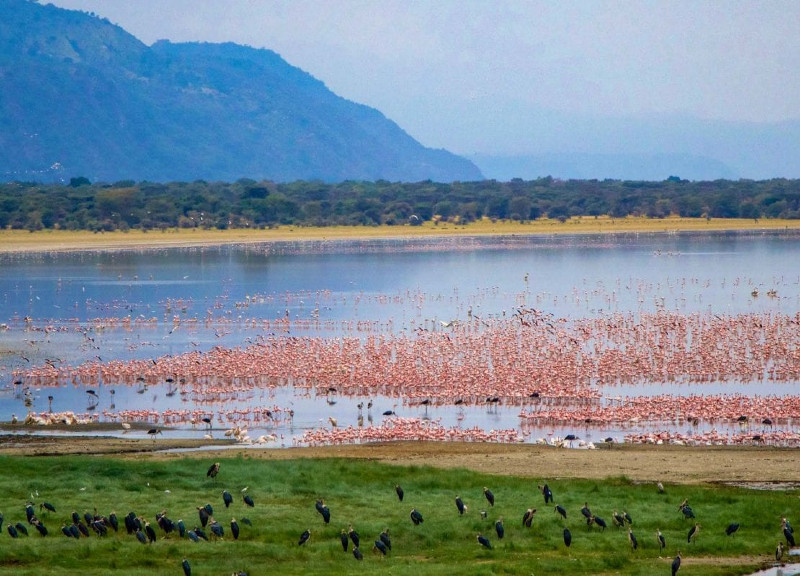
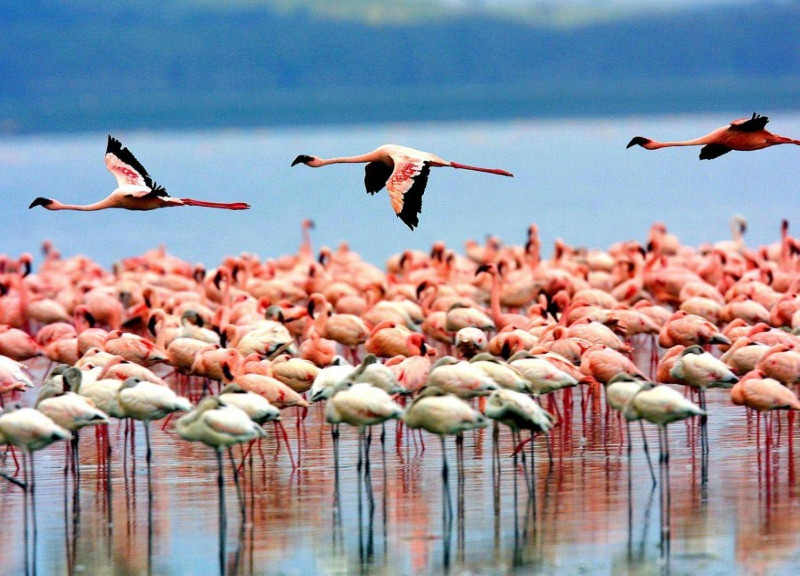
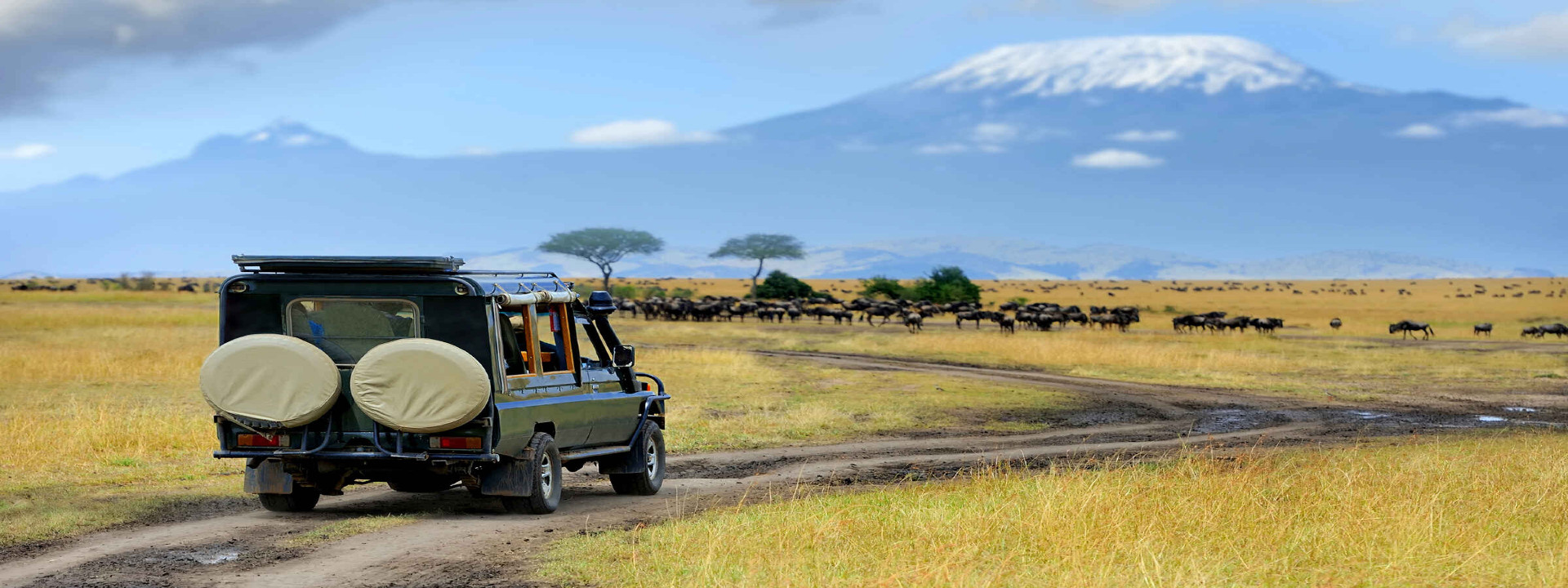
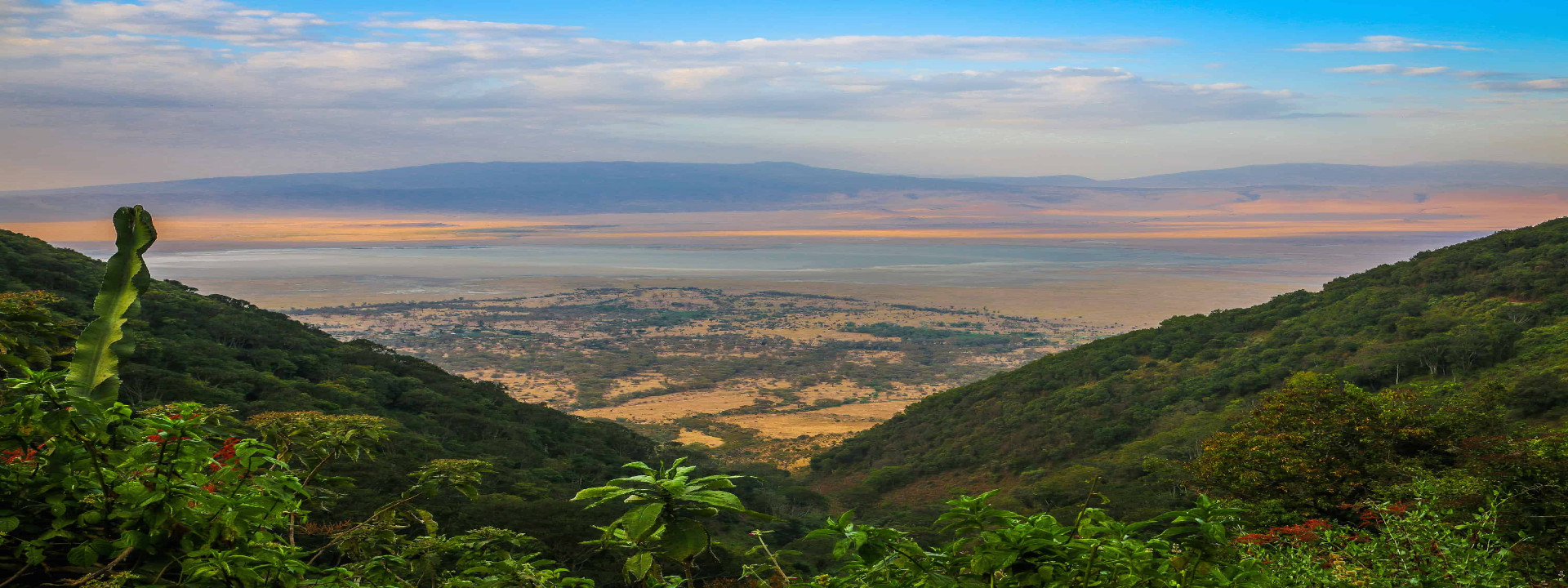
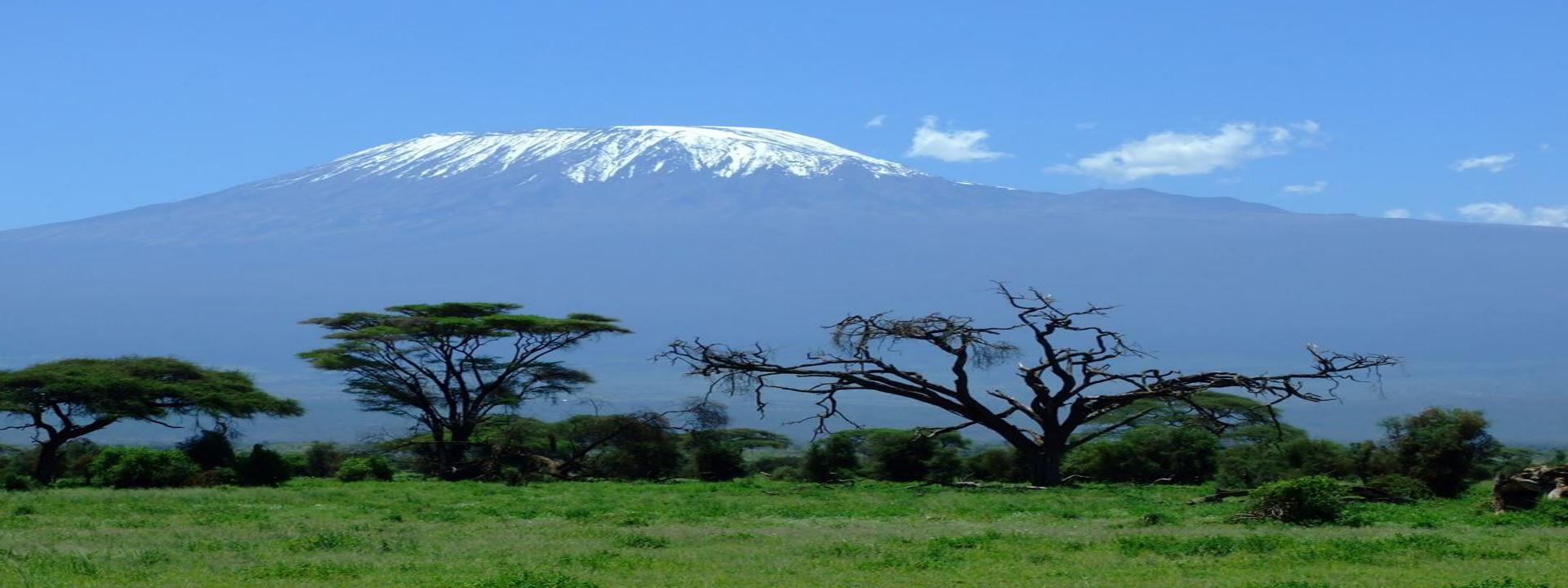
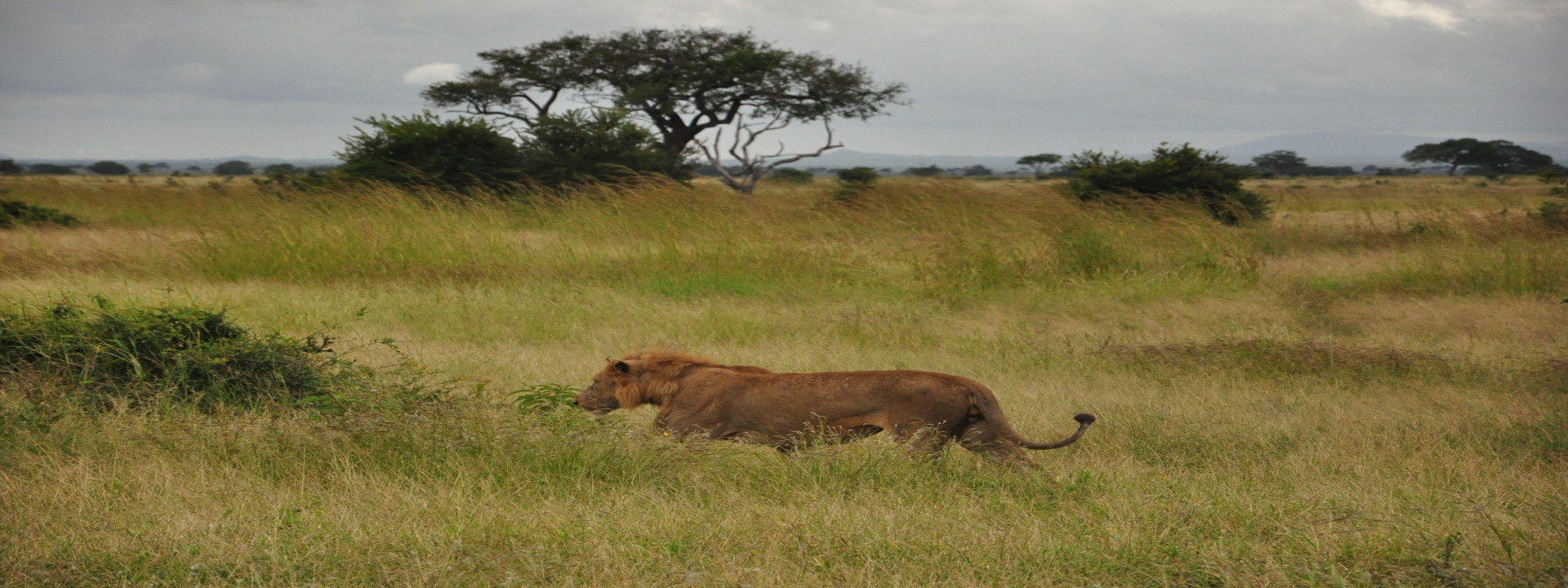
 WhatsApp us
WhatsApp us